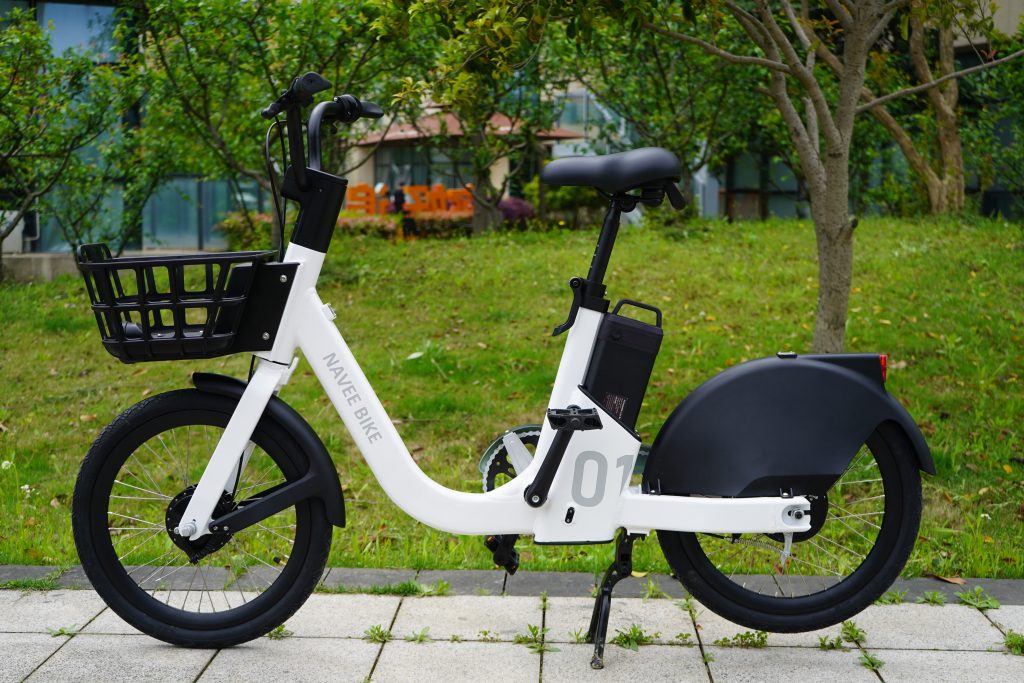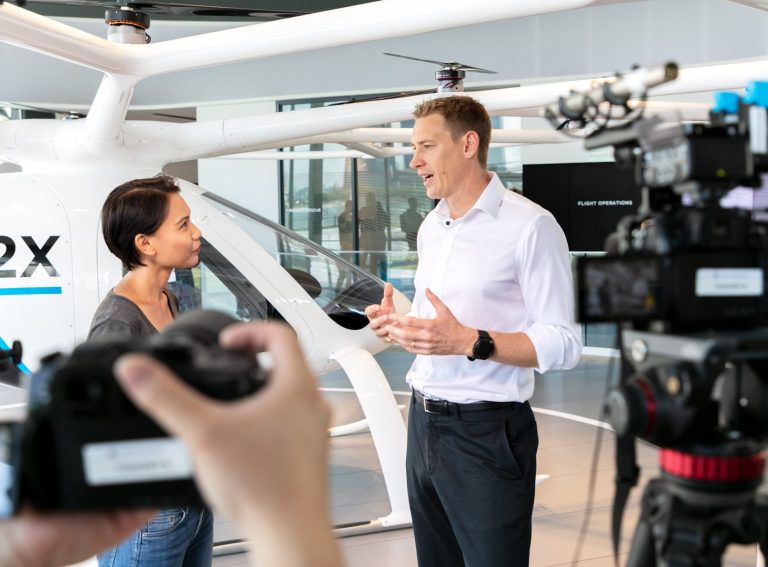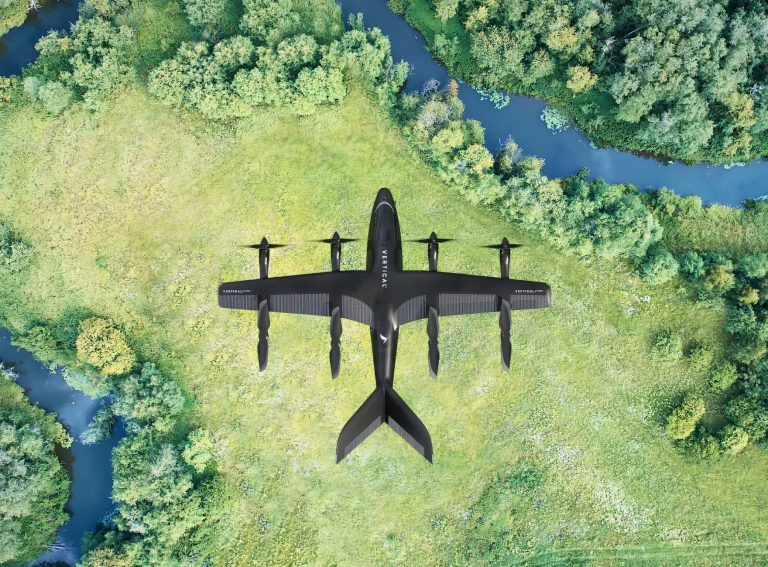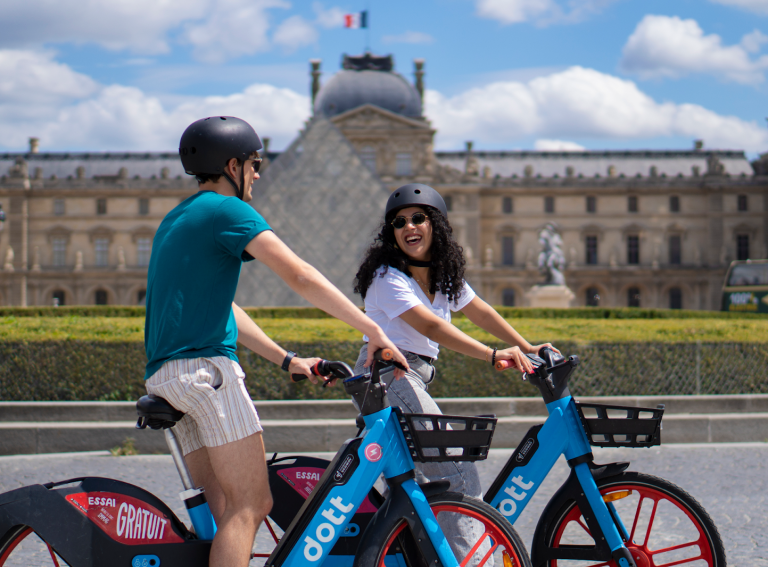Chinese manufacturer Navee has a total production capacity of more than 100,000 units per month.
With a focus on research and development, production, and the distribution of e-scooters and e-bikes, Navee has devoted itself to catering for the evolving needs of urban commuters with sustainable transport solutions.
Now, the company further cements itself in the shared micromobility space with the launch of its latest shared e-bike – the M1.
Set for exhibition this year at Micromobility Europe, Eurobike, and Micromobility America – Zag spoke to Navee’s Product Manager Zhang Yi to get a glimpse behind the scenes before the M1 officially goes on tour.
Zag: As a supplier watching many mobility businesses go bankrupt, do you still have faith in the shared market?
Zhang: “Indeed, the micromobility industry has been facing various challenges recently. But if you look at the product and the market in isolation, then you see that people still need to go outside and they’ll always face the problem of the last mile because public transport can’t cover every street. The need for shared micromobility is 100% there. There was also a period of loss-making operations for big operators in the Chinese market but now this has stabilised. The challenge is how to ensure operators make enough money to prevent them going bankrupt and that’s where we come in. It’s our mission to reduce our clients operational costs and total cost of ownership.”
Zag: How has Navee considered the total cost of ownership with its new shared e-bike – the M1?
Zhang: “Operator costs stem from different places. One is battery swapping. Increasing the range means less battery swapping, so we’ve systematically designed the M1 to have a range of 75 kilometres.
“The next cost comes if the vehicle has a short life cycle, especially if the environment is tough like cities. You don’t know how a rider will use or treat the vehicle so we’ve designed the M1 to stand out in a tough environment because of its strength and durability. The M1 has an IPX7 waterproof rating for its key components and an IPX5 rating overall.”
Zag: How else is the M1 suited to the tough city environment?
Zhang: “It’s a smaller bicycle with 20-inch wheels. We made the dimensions of the M1 smaller so it saves space with parking which not only helps the user but also the management of the city. Bikes often occupy sidewalk space which can be a big headache for other pedestrians trying to get around them. Also, a smaller vehicle translates into a lighter vehicle which means riders can control them more easily. Moreover, many options or features available on our other vehicles can be transferred to the M1, allowing our clients to choose the features they want for the M1, such as a helmet lock or phone holder.”
Zag: What gap does the M1 fill compared to your S1 and C1 bike models?
Zhang: “It appeals to a new demographic of clients. In Northern European countries, riders are taller and so they’d prefer to use the S1 and C1. The M1 however can be used for various heights and it’s a more cost-effective choice that doesn’t sacrifice the quality or the user experience. It’s also more of an urban option compared to the S1 and C1 because of its smaller wheels, making it well-suited for city roads.

Zag: Can you give us a day in the life of a Navee product manager?
Zhang: “Everyday I review feedback from our clients and measure how we are providing what they expect from us. From the very beginning, we focus on the customer experience and this also includes the end users who are going to rent the vehicles, as well as the operators who will maintain the vehicles. This is how we think we stand out from our competitors.
“I also spend time on market research and try to be one step ahead before our clients give us feedback. This involves internal discussions and brainstorming how to integrate advanced technology into our products. And then I follow up on the status of projects to ensure our delivery meets the time targets for customers.”
Zag: Finally, what stage of development are you at with the M1?
Zhang: “The M1 has finished its development phase and is available for pre-orders. Usually for companies to design a brand-new product it can take up to 12 months, but Navee did this in six. Most of that time was spent testing the product to ensure its quality and now we’re waiting for feedback from our upcoming exhibitions to see if customers want us to make any modifications to the product.”



